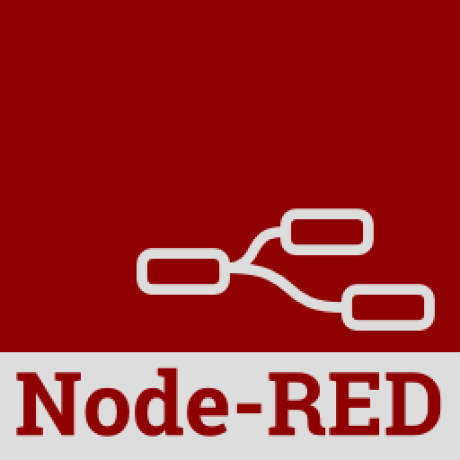N8n vs. Node-RED: A Comprehensive Comparison of Two Powerful Automation Platforms
In the fast-paced world of automation, N8n and Node-RED have emerged as two leading open-source platforms, offering users a way to create complex workflows with ease. Both tools provide a visual programming interface, making it accessible to users with varying levels of technical expertise. In this blog post, we will conduct a comprehensive comparison of N8n and Node-RED, exploring their features, strengths, and use cases to help you decide which platform best suits your automation needs.
Understanding N8n
N8n, short for “Node8n,” is a highly versatile automation platform that focuses on workflow automation and integration. It offers a low-code approach, enabling users to connect nodes graphically to define data workflows. N8n boasts a wide range of pre-built nodes that integrate with popular applications and services, making it ideal for automating data-driven tasks and connecting diverse systems seamlessly.
Key Features of N8n
- User-friendly visual interface with a drag-and-drop workflow builder.
- A vast library of nodes for easy integration with various tools and services.
- Real-time execution and monitoring of workflows for rapid feedback.
- Webhooks support for triggering workflows based on external events.
- Active community and regular updates for continuous improvement.
n8n vs. Airflow: An In-Depth Comparison of Workflow Automation Tools
Introducing Node-RED
Node-RED is another prominent open-source automation tool with a focus on IoT (Internet of Things) applications and home automation. Developed by IBM, Node-RED provides a flow-based development environment that allows users to create data flows by connecting nodes visually. It has gained popularity for its ease of use and flexibility in connecting devices and APIs for IoT projects.
Key Features of Node-RED
- Intuitive visual editor with drag-and-drop capabilities for effortless workflow design.
- Rich library of pre-built nodes for quick integration with IoT devices and services.
- Extensive community support and contributions, leading to a vast array of contributed nodes.
- Built-in logging and debugging features for monitoring and troubleshooting flows.
- JavaScript-based custom nodes to extend functionalities with custom code.
A Comparison of N8n and Node-RED
- Use Cases and Target Audience: N8n’s versatility and broad range of nodes make it suitable for general workflow automation, data integration, and connecting various cloud-based applications. It caters to users from different domains, including developers, data analysts, and business users.
- Node-RED, with its IoT focus and wide range of IoT-related nodes, is best suited for IoT projects, home automation, and connecting IoT devices and sensors. It primarily targets users with an interest in IoT applications and those familiar with JavaScript.
- Integration Capabilities: Both platforms excel in providing integrations with external services and APIs. N8n’s extensive library of nodes offers an advantage for general application integrations, while Node-RED’s strength lies in connecting IoT devices and protocols, making it a go-to choice for IoT enthusiasts.
- Community and Ecosystem: Both N8n and Node-RED boast active communities, continuously contributing new nodes, plugins, and tutorials. Node-RED, with its longer history, has a more mature ecosystem and a wealth of community-contributed content.
In conclusion, both N8n and Node-RED are exceptional automation platforms that cater to specific automation needs. N8n shines in its general-purpose workflow automation and broad integration capabilities, appealing to a wide audience. On the other hand, Node-RED’s focus on IoT applications and strong support for IoT device integrations make it a compelling choice for IoT enthusiasts and home automation projects.
Ultimately, the choice between N8n and Node-RED depends on your specific automation requirements and target use cases. Regardless of your choice, both platforms empower users to create sophisticated workflows and automate processes, making them valuable assets in the automation landscape.

